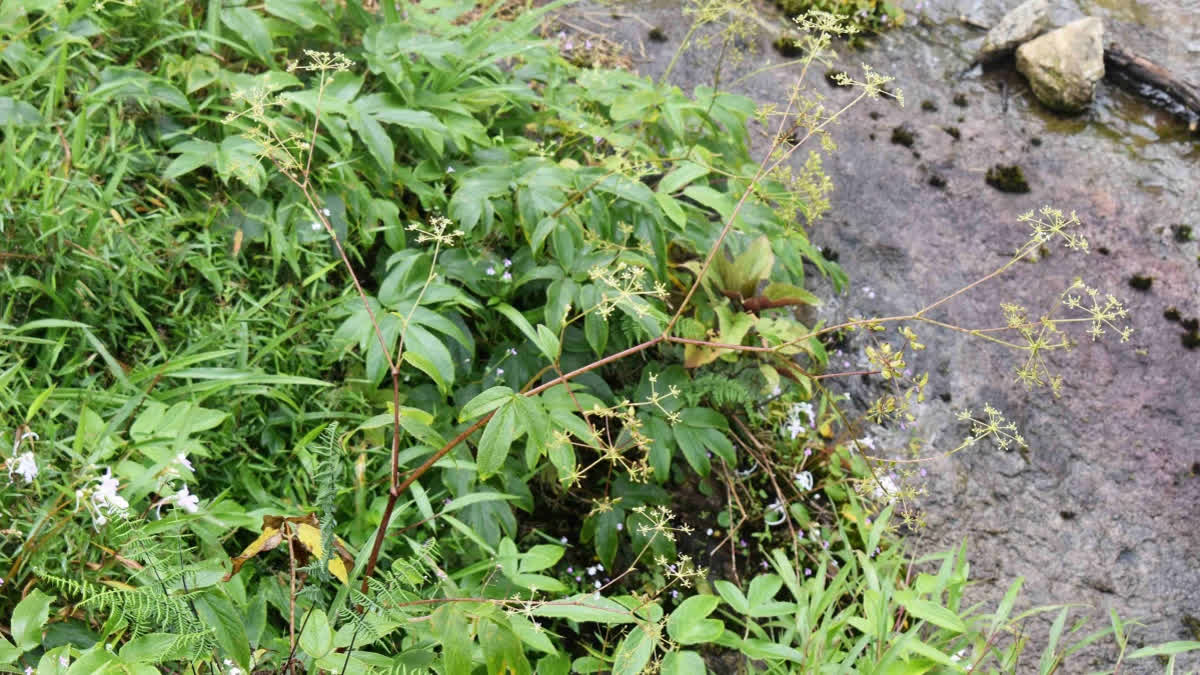Tetrataeniummanilalianum

- 23 Oct 2025
In News:
Researchers have recently discovered a new plant species named Tetrataeniummanilalianum in the Eravikulam National Park, Kerala, adding to the extraordinary biodiversity of the Western Ghats, one of the eight “hottest biodiversity hotspots” in the world. The finding has been published in the Nordic Journal of Botany (Sweden), underscoring India’s growing contributions to global botanical research.
About Tetrataeniummanilalianum
- The newly identified plant belongs to the carrot family (Apiaceae/Umbelliferae), which also includes species such as carrot, coriander, cumin, fennel, and ajwain.
- It was discovered in the high-altitude grasslands bordering the shola forests of the Eravikulam National Park in Idukki district, Kerala.
- The plant bears white flowers and possesses underground rhizomes. It sprouts and blooms only during the monsoon season, adapting to the region’s moist climatic conditions.
- This discovery marks the 48th identified species within the Tetrataenium genus and is the first of its kind recorded globally.
- The species has been named in honour of Prof. K.S. Manilal, a distinguished botanist, founder president of the Indian Association for Angiosperm Taxonomy (IAAT), and former Head of the Department of Botany at the University of Calicut.=
Ecological Context – Eravikulam National Park
- Location: Situated in the Idukki district of Kerala, the park spans 97 sq. km along the summit of the Western Ghats.
- Topography: Encompasses rolling grasslands interspersed with shola forests in the upper valleys.
- Climate: Receives heavy rainfall during both the southwest (June–July) and northeast (October–November) monsoons, making it one of the wettest regions in the world.
- Flora: Rich in endemic species such as Actinodaphnebourdilloni, Microtropisramiflora, Pittosporum tetraspermium, and the once-thought-extinct orchid Brachycorythiswightii.
- Fauna: Home to the endangered NilgiriTahr, with nearly half the world’s population residing here. Other species include the Gaur, Sloth Bear, Nilgiri Langur, Tiger, Leopard, Giant Squirrel, and Wild Dog.
- The park also hosts the Anamudi Peak (2,695 m), the highest mountain in South India, and is famous for the Neelakurinji flowers that bloom once every twelve years.
